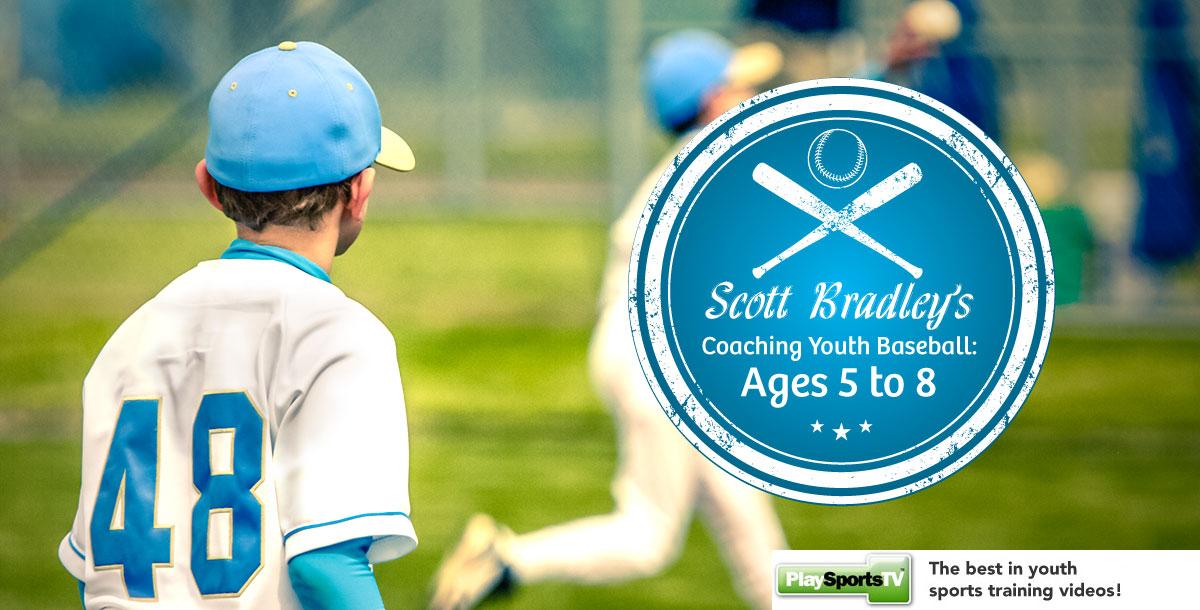1
2
3
4
5
6
7
8
9
10
11
12
13
14
15
16
17
18
19
20
21
22
23
24
25
26
27
28
29
30
31
32
33
34
35
36
37
38
39
40
41
42
43
44
45
46
47
48
49
50
51
52
53
54
55
56
57
58
59
60
Lesson 61:
Practice 12: Rundowns
62
63
64
65
66
67
68
69

Welcome to the wonderful world of Coaching Youth Baseball! We've designed this plan for coaches, parents and volunteers who want to learn more about baseball while developing their ability to teach youth players. Congratulations on making the commitment to the players. This plan is specifically intended for use at the T-Ball and Coach Pitch levels of youth baseball - or what we've titled "Ages ...
